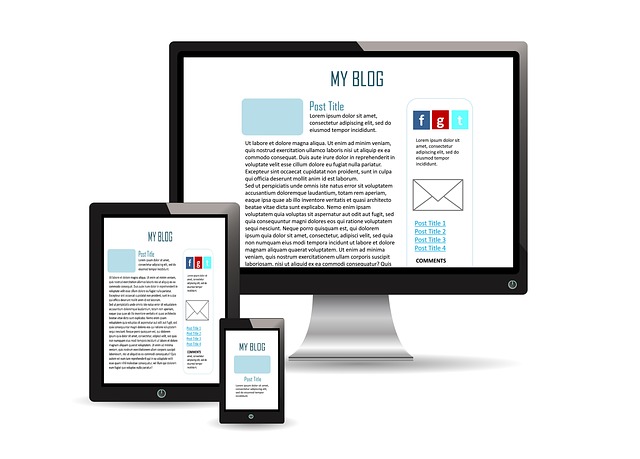I had a harrowing time during my website downtime which took me by complete surprise. I was trying to understand the issue which was causing the problem and following up with the tech support team was nothing short of a nightmare. Here’s what I learned from my experience.
I wrote about my experience during the server downtime. It seems like a lot of time has passed and I have aged faster. But thank god, it’s just been three days, although the server issues don’t seem likely to be ending anytime soon. Hours after I wrote a long post on yesterday, the website went down again. Honestly, I had reached the end of my daily quota of patience and I wasn’t sure what support was the technical staff at Bluehost offering me. Last night, a scan was initiated and a malware infection was discovered on the server. A load of malicious .php files were scrupulously dumped in different folders on my site and I was tasked with deleting the garbage. To make the matters worse, the agents had duplicated the root folder so there were duplicates of the infected files that I had to remove. Bravo!
The site went down in less than 4 hours of cleaning the server of the malware infection, then rescanning it for any infected files — I’m still not told how the files got infected though I would see myself just staring at a white browser screen with every refresh. So instead of getting on the live chat and cutting corners, I spent the next hour on the phone speaking with the technical support. He found some plugins that were interfering with the functioning of the site. I had heard that statement so many times in the past 24 hours, but he deactivated the entire list of plugins, that resulted in my site going down again and the white screen reappeared. Then he brought the site up through writing some code in the .htaccess file but I could only see the textual content, not the beautiful theme that I had painstakingly worked on for the past many years. He advised me to activate one plugin at a time and check the website to see if it comes online, to find out the irksome plugin. That exercise took me another hour, in between all the other stuff that I had to complete before the day ended. With the instigating piece of code out of the way the site went up but only the textual version.
I went on the live chat again with the tech-support. This time my site was up and I wanted the theme back, and trust me, I was completely spent by now. I don’t know why but the agents had reinstalled WordPress, just too many times. I later found copies of older versions of zipped WordPress installation files in the File Manager suggesting, the tech support team had tried every trick in the manual to bring the site up. It was closer to midnight, yesterday when the website came up finally after a gruelling ordeal which lasted 3 days! Importantly, the website was online overnight, this hasn’t happened in more than 3 days and that was good news.
There are some positive lessons I learned from this morbid experience which I wanted to document.
Continue reading…

